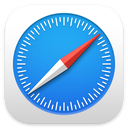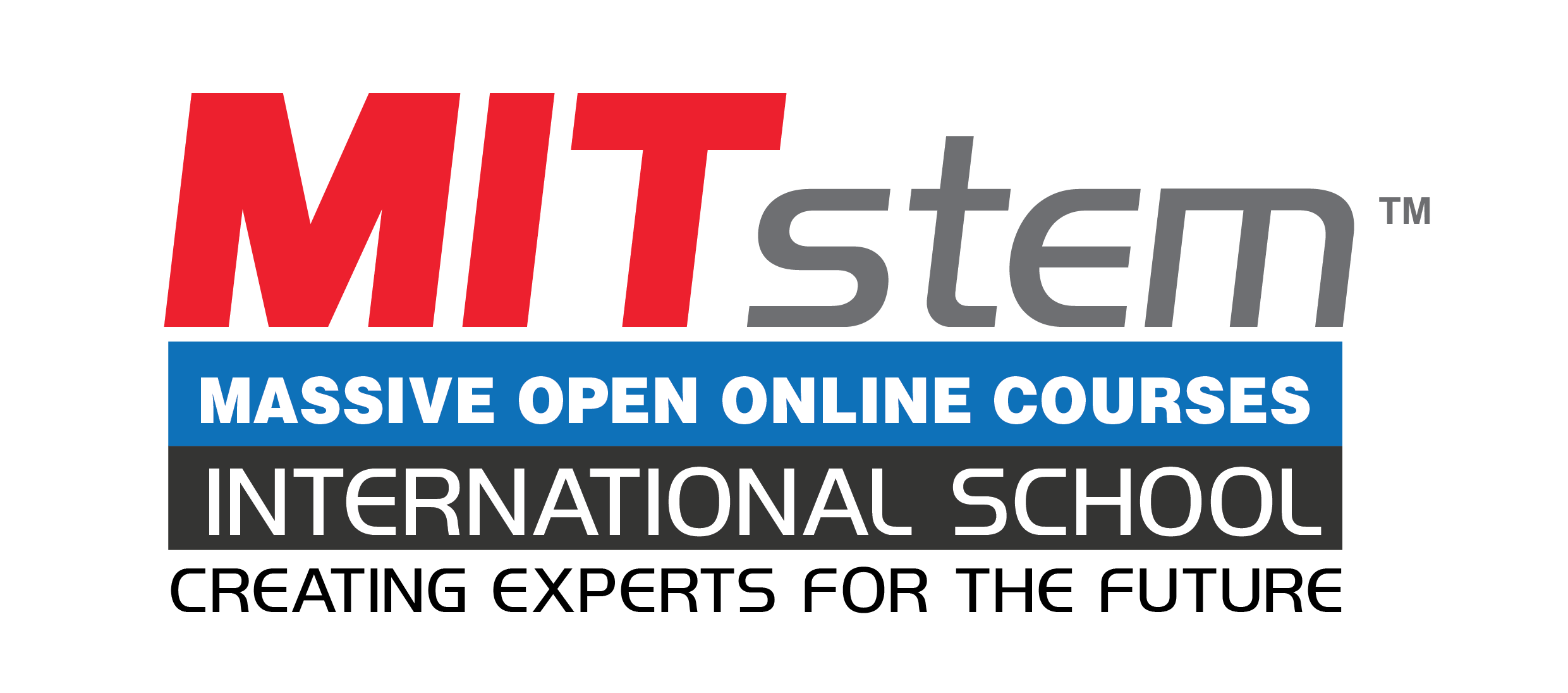System & Control - Automation 2022 (Mr. Khairul)
Class
Full-Time Students

Here is the class outline:
1. HOW DO ENGINEER WORK?Engineering sciences, like the arts, social sciences and natural sciences, are a discrete discipline with their own language, practices and tools. Of course they also draw on and use principles from other sciences, in particular mathematics and physics but also social sciences. In turn, many of the findings in these latter disciplines are based on the results of research carried out in the field of engineering sciences. 6 sections
|
||||||
|
2. Automation technology as a part of engineering sciencesExamples of engineering-related sciences include: • mechanical engineering, • electrical engineering, • production engineering, • structural engineering, • and so on. 2 sections
|
||
|
3. Fundamentals of electrical engineering14 sections
|
||||||||||||||
|
4. Sensor TechnologyThe purpose of sensors is to acquire information and to forward it in an evaluable format to the signal processing system. They are found in diverse tasks in technology, with different designs and operating principles. That is why it is important to categorise them. Sensors can be classified according to • operating principle (optical, inductive, mechanical, fluid, etc.), • measured variable (displacement, pressure, distance, temperature, ph value, luminous intensity, presence of objects, etc.) or • output signal (analogue, digital, binary, etc.), to name just a few methods. 3 sections
|
|||
|
5. Fundamentals of pneumaticsThe term pneumatics comes from the Greek work "pneuma", meaning wind or breath. It refers to the use of compressed air or systems driven by compressed air in an engineering application. A modern pneumatic system in automation technology consists of subsystems for: • generating and providing the compressed air (compressors, radiators, filters), • distributing the compressed air (ducts, pneumatic tubing, coupling pieces), • controlling the compressed air (pressure regulators, directional control valves, stop valves), • performing work using the compressed air (cylinders, rotary drives). 7 sections
|
|||||||
|
6. MecLab Station38 sections
|
||||||||||||||||||||||||||||||||||||||
|
7. Pre-Assessment MecLab1 section
|
|
|
8. Lesson Plan 20201 section
|
|
|
9. INTRODUCTION TO FACTORY AUTOMATIONThis course is intended for industrial automation (or factory automation) 12 sections
|
||||||||||||
|
10. PLC BasicsThis course is designed to assist beginners in understanding basic information of PLCs.And you will learn the features of OMRON PLCs through the course. 13 sections
|
|||||||||||||
|
11. PLC Project1 section
|
|
|
12. PLC WORKSHEET |
13. SURVEY FORM |
14. EXAM NOTE TERM2 20211 section
|
|
|
15. TERM3 WORKBOOK1 section
|
|
|
16. WORKBOOK ACTIVITY6 sections
|
||||||
|




